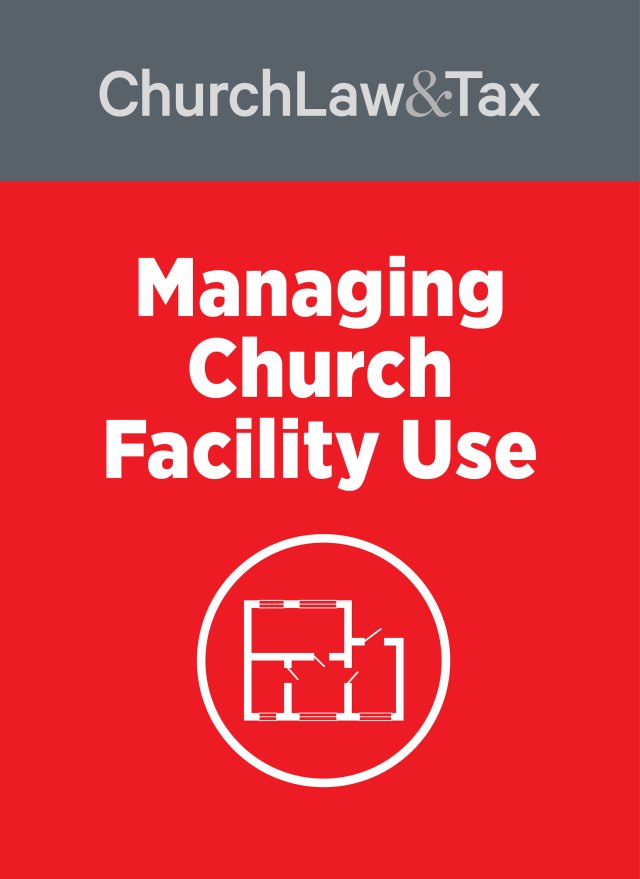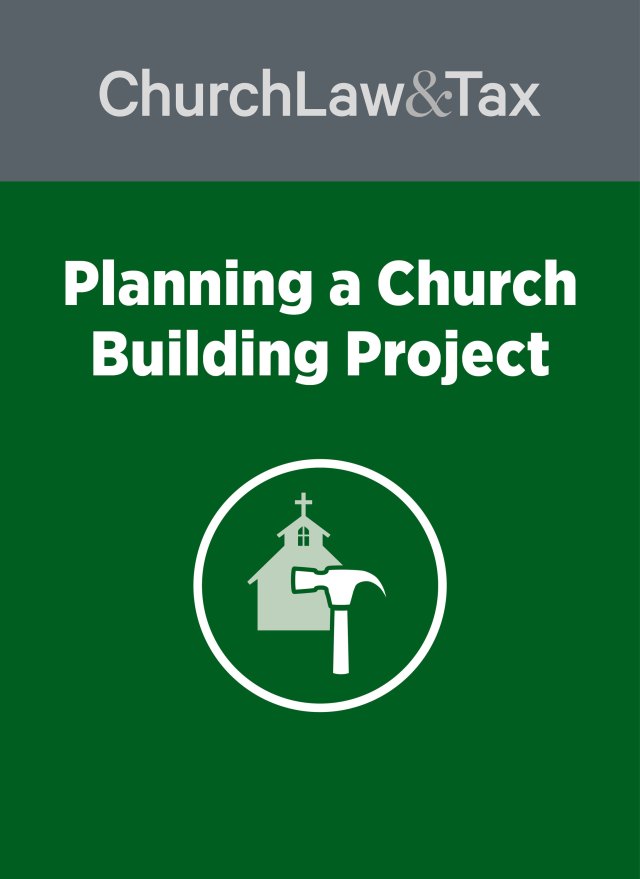Key point. Churches are not necessarily liable for injuries incurred by members and visitors while crossing a public street from an overflow parking lot to the main church building.
The California Supreme Court ruled that a church was not responsible for injuries sustained by a member who was struck by a car when crossing a five-lane road that separated the church from an overflow parking lot across the street.
A church was located on a five-lane public road across the street from a swim school. The church had an agreement to use the swim school lot for overflow parking when the church’s main lot was full. There were no traffic signals or crosswalks at the intersection used by church members to access the parking lot.
An adult male (the “plaintiff”) sought to attend a seminar at the church on a rainy evening in November. When he arrived, a church member volunteering as a parking attendant informed him that the main lot was full and told him to park at the swim school lot across the street. The plaintiff, along with two others, attempted to cross in the middle of the block directly opposite the church. Midway across, he was hit and injured by an oncoming car.
The plaintiff and his wife sued the church for negligence and loss of consortium (a legal term meaning loss of intimacy with a partner). He alleged that the church created a foreseeable risk of harm by maintaining an overflow parking lot in a location that required persons to cross a busy five-lane street, and that the church was negligent in failing to protect against that risk. He also alleged that the church was negligent in failing to adequately train or supervise its parking attendants. The church moved for summary judgment on the ground that it did not have a duty to assist the plaintiff with crossing a public street it did not own, possess, or control. The trial court dismissed the case, but a state appeals court ruled that the case could proceed against the church. The church appealed to the state supreme court.
The supreme court observed:
The plaintiff contends that landowners could assist invitees in crossing the street. But crossing volunteers are not authorized traffic officers and generally have no authority to direct traffic or otherwise control public streets. Further, crossing volunteers may inadvertently convey to invitees that they do possess authority to direct traffic and thereby cause invitees to rely on such assistance to their detriment.
The plaintiff also contends that landowners can warn of the danger of crossing the street, perhaps by posting a sign. But the danger posed by crossing a public street midblock is obvious, and there is ordinarily no duty to warn of obvious dangers. Although some fraction of people may fail to appreciate an obvious danger, to require warnings for the sake of such persons would produce such a profusion of warnings as to devalue those warnings serving a more important function.
It is possible that a landowner can reduce the risk of harm by maintaining a parking lot in a location that does not require invitees to cross a public street. We note that landowners already have incentives to provide parking that is safe and convenient for their invitees. Doing so increases the likelihood that invitees will visit the landowners’ premises and can help create a positive experience for invitees, increasing the likelihood of repeat visits. Conversely, a landowner’s reputation will be damaged if parking is unsafe or inconvenient. But there may be instances where another parking option that did not require crossing a public street was available and would not have been cost prohibitive. Finding a duty here may encourage landowners to choose safer parking options. This approach would be socially desirable if it reduces collisions on the public street, and it is fair to place the costs on landowners to the extent they seek to attract invitees. But it is likely difficult in many cases to reliably assess which of several parking options was the safest at the time the invitee was directed where to park. The relevant considerations are multitudinous and vary by the hour, day of the week, and month, and many will be hard to establish with accuracy. These considerations include the volume and speed of traffic along the streets in the area, the volume of traffic to and from the landowners’ premises and neighboring properties, crime rates and perceptions of safety on the sidewalks, and the location of crosswalks and traffic control devices.
What this means for churches
Many churches use overflow parking lots located across a public street from the church building. This case illustrates that a church is not necessarily liable for injuries to members and visitors who park in such lots and are injured when crossing the street to attend the church. Vasilenko v. Grace Family Church, 3 Cal.5th 1077 (Cal. App. 2017).



